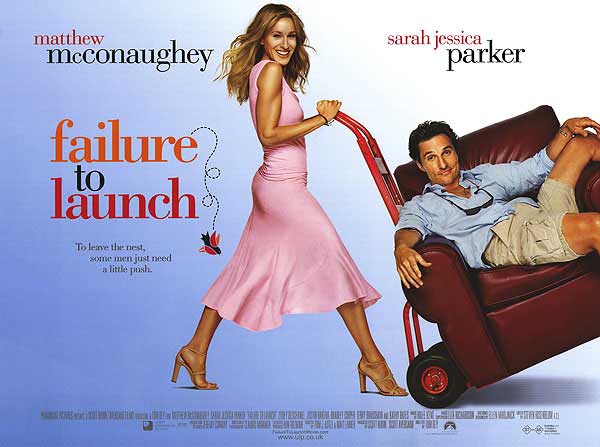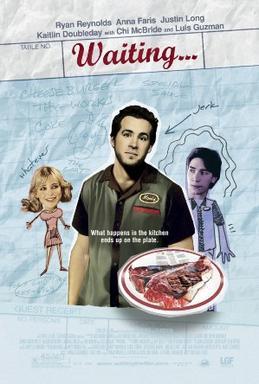Where your taste in music comes from

Google Images
Music has been around for centuries; it originated in the church, and slowly but surely made its way into modern society. Now, we listen to artists like Selena Gomez and the Chainsmokers, and songs like “Shape of You” and “Stay.” The question is, why do we like this type of music?
There have been many articles about how our brains are simply wired for certain types of music. We have an internal rhythm and a natural inclination towards music with consonant sounds (the combination of notes in the chords of C and G heard in most pop music), but a recent study found that music taste actually originates in culture.
The preference for consonant sounds varies across nations but is most predominant in Western cultures, according to Josh McDermott, assistant professor of brain and cognitive sciences at the Massachusetts Institute of Technology and lead author of the study. “This indicates that the preference for consonance depends on exposure to particular types of music, probably those that feature harmony in which some combinations of notes are prioritized over others,” he stated. “If it were ‘hardwired,’ one would not expect such dramatic cultural variation; everyone would be expected to have a robust preference.”
For more variation in the study, McDermott and his colleagues traveled to the Tsimane village in the Amazon Rainforest in northwest Bolivia. The Tsimane village was chosen because it has limited access to the outside world. One hundred villagers listened to both consonant and dissonant chords, as well as some unrelated control experiments, such as laughter and gasps of surprise, in order to make sure that the task was understood. The study also had one hundred Westerners listen to the same sounds.
Both the Tsimane villagers and the Westerners rated laughter as a pleasant sound and gasps as an unpleasant sound. The difference in musical preference comes, as expected, when the villagers and Westerners listened to the chords. Westerners rated the consonant sounds as pleasant and the dissonant sounds as unpleasant; however, the villagers rated the consonant and dissonant sounds as equally pleasant.
Usually, consonant chords seem more harmonic and upbeat, whereas dissonant chords sound like they clash and seem more tense. McDermott said, “By the time we conducted the study, I had become aware that consonance preferences even among Westerners vary considerably, being stronger in people who have played an instrument.”
Sandra Trehub, a professor of psychology at the University of Toronto-Mississauga who was not involved in the study, also weighed in on Professor McDermott’s findings. “If we had an innate preference for consonance, then people in many cultures―for example, Balinese musicians who tune pairs of instruments to generate dissonance when played together and traditional ganga singers in rural Croatia who sing melodies one semitone apart in their duets―would have to overcome an innate disdain for dissonance. Their audiences would too, of course.”
Trehub has studied infants and music, and has noted that even as babies, we tend to prefer music and sounds that we are familiar with. After all, why do mothers- and fathers-to-be talk to the baby in the womb? So that the baby will recognize the voice and associate it with someone who loves them and will care for them.
In another study, it was revealed that your taste in music comes from what you listened to the most in your early adolescence. Research has shown that memories from our young adulthood are more vivid and plentiful, which makes the music we heard then more appealing to us. Other psychologists suggest that we remember more from this time in our lives because it shaped who we became.
Over the years, we have learned how much different cultures affect people. The food, the clothing, even the pets differ with each culture; now we know that it also affects our music taste.

Bella McGill is a senior at DCHS and in her third year on the Parnassus staff. She is in the plays, French club, 4-H, and band. In her spare time, she...












